An army within an army. The construction and development of troops in the Arctic
One of the main topics of recent times is the protection of the northern borders of the country. To solve such problems in the Arctic, a number of different programs are being implemented. The organizational structure is being transformed, various construction projects are being carried out, and new material samples are being created. Some of the tasks have been successfully completed, while other works will be completed only in the future.
Organization issues
Since December 1, 2014, the Russian Armed Forces have included the Northern Fleet United Strategic Command (USC), created on the basis of the Northern Fleet itself. fleet... Surface and submarine forces, as well as coastal forces, are responsible for strategic security along the entire northern borders.
On June 5, 2020, a presidential decree was signed, according to which the Severny Flot OSK is awaiting transformation. From January 1, 2021, the Command changes its status and becomes a new military district. This transformation is aimed at optimizing the processes of command and control of troops and interaction with other military districts.
The formation of new units and formations continues in the region. So, in April this year in the village. Tiksi-3 (Yakutia) took up combat duty of the newly formed 414th Guards Anti-Aircraft Missile Regiment of the 3rd Air Defense Division. With the help of the S-300PS air defense system, he should cover the Tiksi-3 airfield and the surrounding area. It is very likely that in the near future new parts for various purposes will appear in the Arctic.
Clearing and building
For objective reasons, the armed forces have to rebuild the necessary infrastructure in the Arctic. Existing facilities that are unusable are being demolished. In addition, the territory is cleaned with the removal of previously abandoned garbage. So, last year, 113 thousand square kilometers were cleaned up and 23 thousand tons of scrap metal were collected. This year, similar work is being carried out at Cape Marre-Sale, the Novaya Zemlya archipelago and the islands of Kildin and Wrangel. In the future, other territories will be rid of unnecessary and hazardous materials.
In the recent past, the construction of new bases was completed using all modern technologies. So, on Franz Josef Land there was a base "Arctic Trefoil", and on about. The Northern Clover boiler plant started its work. Their tasks include providing anti-aircraft and coastal defense, as well as the operation of airfields and other infrastructure.
Of all the current construction projects, the most interesting are the works at the Nagurskaya aerodrome (Alexandra Land, Franz Josef Land). In the spring, this facility reopened and receives various aircraft. At the same time, the reconstruction is not over, and the builders continue to work. In early June, it was reported that the nuclear-powered lighter carrier Sevmorput delivered more than 15 thousand tons of various materials. First of all, these are reinforced concrete slabs for laying the runway.
Nagurskaya is the northernmost airfield at the disposal of the Russian army. After the completion of the reconstruction, it will be able to receive any aircraft, including heavy ones, at any time of the year. The reconstruction will be completed in the near future, and the airfield will again be able to provide the operation of any aircraft, incl. heavy classes.
By the end of the year, the construction of the first stage of the network of "Resonance-N" radar stations will be completed. Current plans include the deployment of such systems on Novaya Zemlya, in the Arkhangelsk and Murmansk regions. Three objects are already ready, and the remaining two are being completed on the Kola Peninsula. In January, Russian media reported on the possible construction of five more Resonance-N radars east of Novaya Zemlya. This will create a detection field along almost the entire length of the northern boundaries.
In addition to the construction of new facilities, OSK Severny Flot is maintaining the state of the existing infrastructure and preparing for operation in future periods. So, in April, it was reported that preparations for the navigation delivery of wintering supplies to remote garrisons were started. By October 1, 60 divisions and units serving at 48 remote locations will receive a total of 35,4 thousand tons of reserves.
At the end of June, it was reported that 75% of the work on current repairs of the heating and water-sewerage system had been completed. One new chimney was built, 10 boilers and more than 45 pumps were replaced. Maintenance was carried out at more than 240 facilities.
Northern rearmament
Plans are underway to update the fleet of equipment and weapons of USC units. Since last year, the coastal troops of the Northern Fleet have begun operating the upgraded T-80BVM MBT. According to media reports, this year new units will receive such equipment, which will have a positive effect on the overall combat capability of the coastal troops. Other modern armored vehicles are also supplied.
Last year, the coastal troops were handed over the next divisional set of the Bastion missile system, which was soon deployed to about. Alexandra's land. In autumn and winter, the personnel were engaged in the development of such equipment, and in April the first exercises were held with access to the deployment area and "electronic" launches. The personnel have confirmed their skills. Now the Northern Fleet has two Bastion divisions at different bases.
To solve transport problems, the procurement of various cross-country vehicles continues. The unit includes two-link all-terrain vehicles DT-10, DT-30 and GAZ-3344-20; development of several new samples of this kind continues. To meet all the needs of the northern grouping of forces, hundreds of such products are needed, and a fairly large fleet of such equipment has already been formed.
Construction and delivery of a new aviation equipment designed for operation in arctic conditions. For the transportation of people and cargo, multipurpose helicopters Mi-8AMTSh-VA and Mi-26 in the northern configuration are purchased. However, the number of such equipment is not yet too large, and it has to be used together with the "conventional" one.
Especially for the Arctic
An important trend in recent years has been the creation of new armored combat vehicles for various purposes, adapted to operate in the harsh Arctic climate on specific landscapes. Some of them have already been put into service, while others are still being tested.
Since 2018, OSK Severny Flot has been receiving the Tor-M2DT and Pantsir-SA anti-aircraft missile systems. They are built on the chassis of the DT-30 all-terrain vehicle: the rear link of the vehicle is given for the installation of the combat module and other systems of the complex. In the case of the Arctic "Thor", a used set of equipment is used. "Pantsir-SA", in turn, differs from the base air defense missile system in the absence of a gun and a large number of missiles.
The Magnolia self-propelled artillery gun is undergoing trials. It is also made on the basis of DT-30: the rear link is equipped with a fighting compartment from the SAO 2S31 "Vienna" with the appropriate weapons and equipment. The appearance of "Magnolia" in the army is attributed to the foreseeable future.
In recent years, other models of equipment for northern conditions have been repeatedly demonstrated, but not all of them were able to go beyond the polygons. So, the prospects of the "Toros" fire support combat vehicle based on the MT-LBu transporter remain unclear, there is no new information about the "Knight" BMP, etc. However, despite the lack of real results, the very fact of the existence of such projects shows great interest in the Arctic theme not only among the military, but also among the industry.
Marine novelties
On July 21, the frigate Admiral of the Fleet Kasatonov, the first serial ship of project 22350, was included in the Northern Fleet. The lead frigate of this type has been in service since 2018, and next year the third combat unit is expected to be delivered, also to the Northern Fleet. By the end of the year, the transfer of a small missile ship, project 22800, the first of several planned, should take place. In 2018, the Navy flag was raised on the large landing ship "Ivan Gren" pr. 11711, and this year the same type of large landing craft - "Petr Morgunov" will be handed over to the Northern Fleet.
The construction of multifunctional patrol ships, project 23550, is of great importance for the surface forces of the USC Severny Flot. The lead Ivan Papanin was launched last year, and the second Nikolai Zubov is still being built on the slipway. The handover to the customer is scheduled for 2023-24. On July 26, the third patrol ship "Purga" was laid down - it is being built by order of the border service of the FSB. This structure wants to receive two ships of pr. 23550.
The ships of the project 23550 combine the functions and capabilities of a patrol, icebreaker and tug. They will be able to carry out the protection of water areas, navigate and tow ships, etc. Ships for the Navy and the FSB SS have missile, artillery and machine-gun armament, and are also capable of carrying helicopters.
In June, the submarine forces of the Northern Fleet were replenished with the strategic missile carrier "Knyaz Vladimir" pr. 955A. This is the second such ship in its composition. At the end of the year, the commissioning of the Kazan multipurpose nuclear submarine, pr. 885M, is possible, however, it is not ruled out that the dates will be postponed to 2021. Also at the end of this year, it is expected that the service of the special nuclear submarine "Belgorod", pr. 09852, capable of carrying underwater vehicles for various purposes, is expected.
The auxiliary fleet of the Navy receives various vessels, incl. diesel-electric icebreakers project 21180 (M). The head Ilya Muromets entered the Northern Fleet in 2017. The ship Evpatiy Kolovrat is expected in the near future. Icebreakers of this series are intended for escorting ships and vessels, transporting goods and participating in various rescue operations. Earlier it was reported about the possibility of installing weapons for self-defense.
Dual use
The construction of icebreakers and related infrastructure is of great importance for strategic security and economic development in the northern direction. Russia has a well-developed icebreaker fleet, incl. atomic, and its development continues. In the foreseeable future, new vessels of this class with improved characteristics are expected to appear.
At the beginning of the year, the highest level agreed on the construction of the lead nuclear-powered icebreaker, project 10510 "Leader". On April 23, a corresponding contract appeared, and on July 6, metal cutting began at the Zvezda plant (Bolshoy Kamen). The official bookmark will take place shortly. The lead icebreaker of the project will be named "Russia" and will begin service in 2027.
The construction of nuclear-powered icebreakers of project 22220 continues. The lead ship Arktika has already entered sea trials and will begin service by the end of the year. Two more icebreakers, "Siberia" and "Ural", have not yet advanced beyond the mooring tests. At the end of May, the fourth ship, Yakutia, was laid down. There is a contract for the fifth icebreaker Chukotka. Serial icebreakers of project 22220 are expected to be commissioned in 2021-26.
Atomflot plans to develop infrastructure for the operation of existing and under construction icebreakers. Now it has two floating docks with a carrying capacity of up to 28 thousand tons. At the end of May, a tender was announced for the construction of a new dock for 30 tons. The winner will be announced shortly and preparations for construction will begin after that.
Goals and means
The joint strategic command "Northern Fleet", which will soon be given the status of a military district, is solving several main tasks in the Arctic region. USC provides protection to the northern land and sea borders of the country, as well as the exclusive economic zone. The Northern Fleet is involved in strategic and non-nuclear deterrence of a potential enemy. In addition, he is responsible for the safety of navigation on the Northern Sea Route. The Command's area of responsibility is from the Kola Peninsula to Chukotka.
The development of the Arctic group of forces began before the creation of the North Fleet USC and continued with its appearance. The strategic tasks set are being solved in several main ways, including the modernization of existing structures and facilities, as well as the construction and deployment of new ones.
The core of the Arctic group of forces is the surface and submarine forces of the Northern Fleet. In recent years, they have received a lot of new ships and auxiliary vessels of different classes. Construction continues, which leads to an increase in combat effectiveness. At the same time, the logistics potential necessary to provide service to distant garrisons is growing.
The most important contribution to the defense capability is made by the coastal forces and other land formations. The deployment of radar stations continues to cover the strategic direction. Anti-aircraft and anti-ship missile systems are on duty. Infantry and tank crews receiving new materiel are not ignored.
Increased logistics requirements are imposed by the emergence of new and / or restoration of previously existing military units in the north of the continent and on the islands. Their supply is almost always possible only by air or sea, and only for limited periods. The corresponding services of the USC cope not only with maintaining the state of existing bases, but also with the construction or reconstruction of new facilities.
Army within an army
Thus, USC "Northern Fleet" is gradually turning into a full-fledged "army within an army." The Command has at its disposal all the main forces and means that allow it to conduct various activities both in the Arctic region and beyond - defending the country's borders or projecting force.
The surface and submarine forces of the fleet are capable of operating in the seas of the Arctic Ocean or out into the North Atlantic. In the future, as new icebreakers are received, they will also be able to enter the Pacific Fleet's zone of responsibility by the shortest route. Moreover, in all cases, the ships of the Northern Fleet retain all their functions and capabilities.
The naval aviation of the Northern Fleet is capable of defending naval groups or coastal facilities, defending air superiority and attacking the enemy's fleet. There are basic and carrier-based aircraft; tactical and long-range.
Ground formations include various means of detection and defense. With their help, the detection of targets at long ranges and the destruction of objects in the reach zone is ensured. In fact, the coastal formations organize a full-fledged "no access" zone for air and surface targets. There are developed forces with tanks, motorized riflemen and marines capable of defending coastlines or participating in amphibious operations.
It should be borne in mind that the construction of the "Arctic army" as part of the USC "Northern Fleet" has not yet been completed. The process of formation and deployment of formations, rearmament, etc. continues. Current plans of this kind are scheduled for several years ahead and provide for a new increase in combat capability. Thus, in the foreseeable future, the new military district will become even stronger and will be able to solve all assigned tasks in a strategically important area.
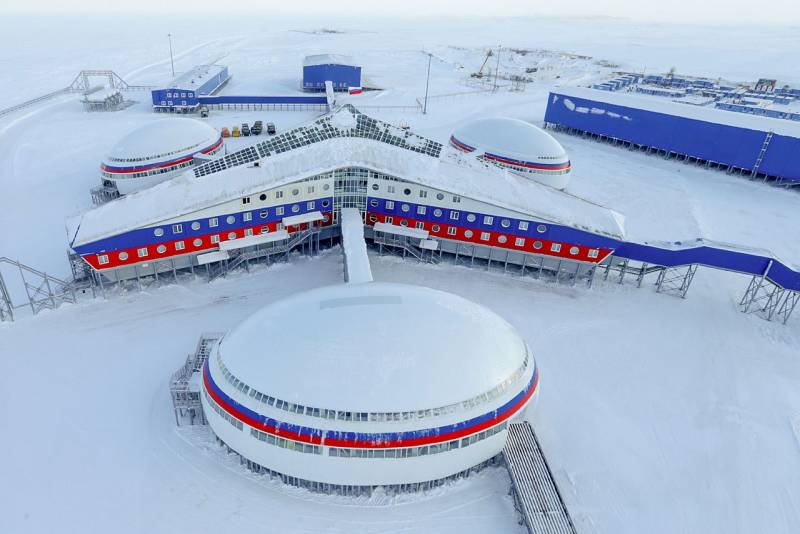
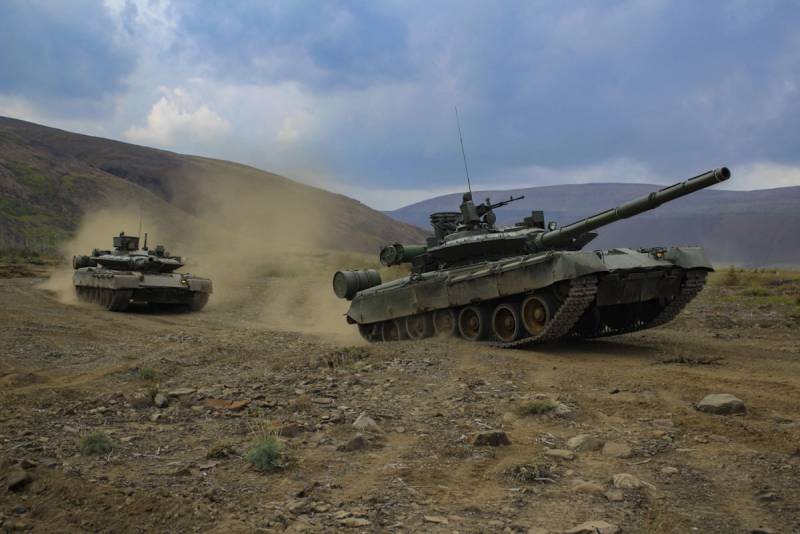
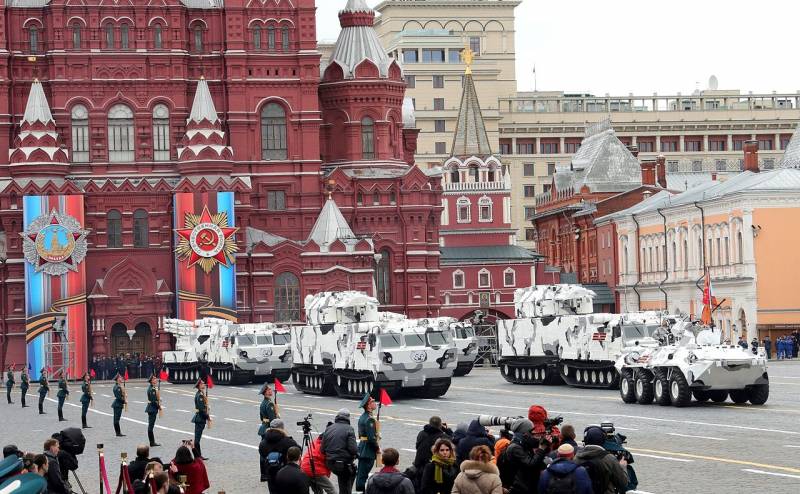
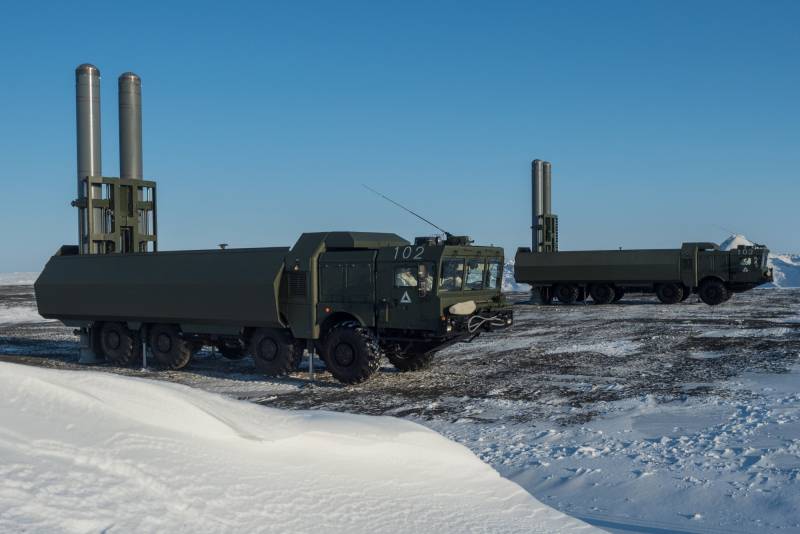
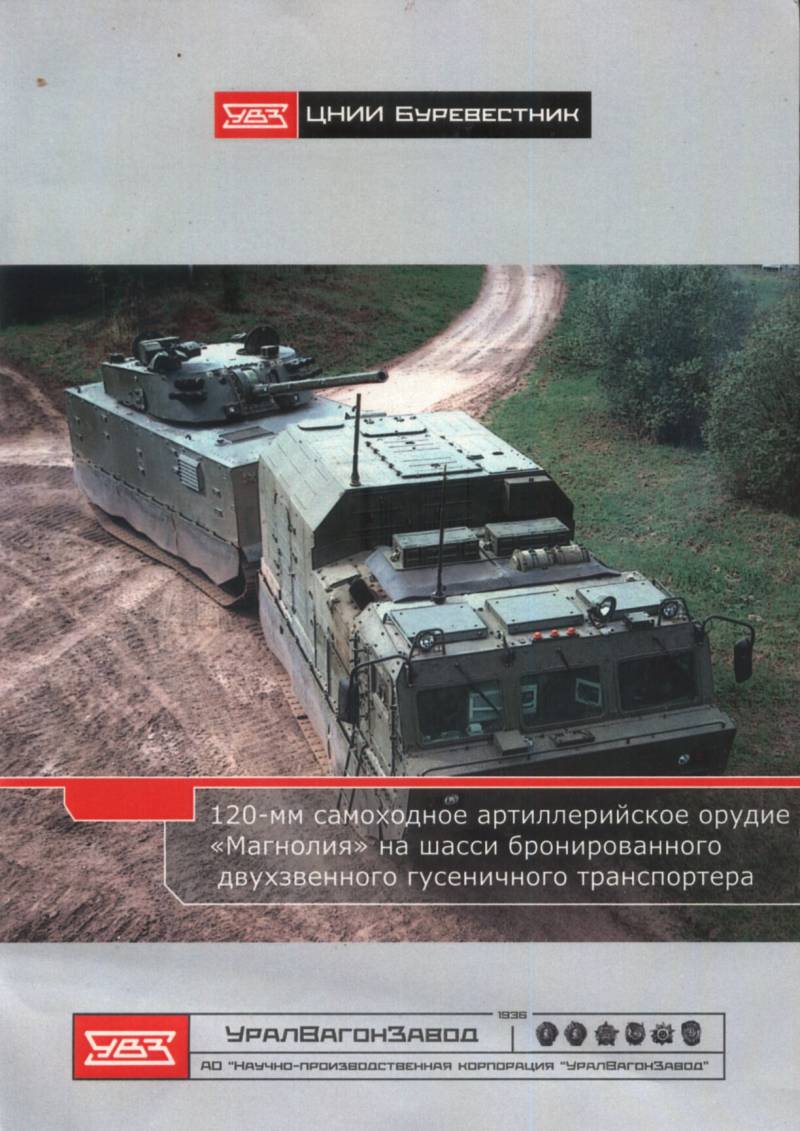
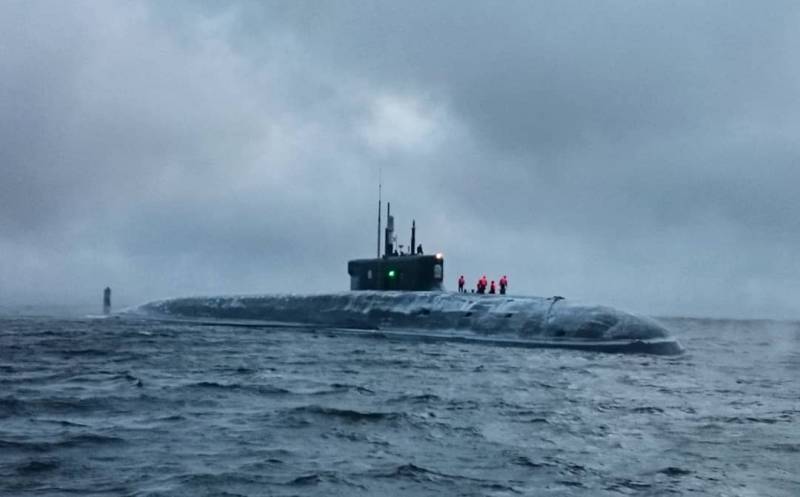
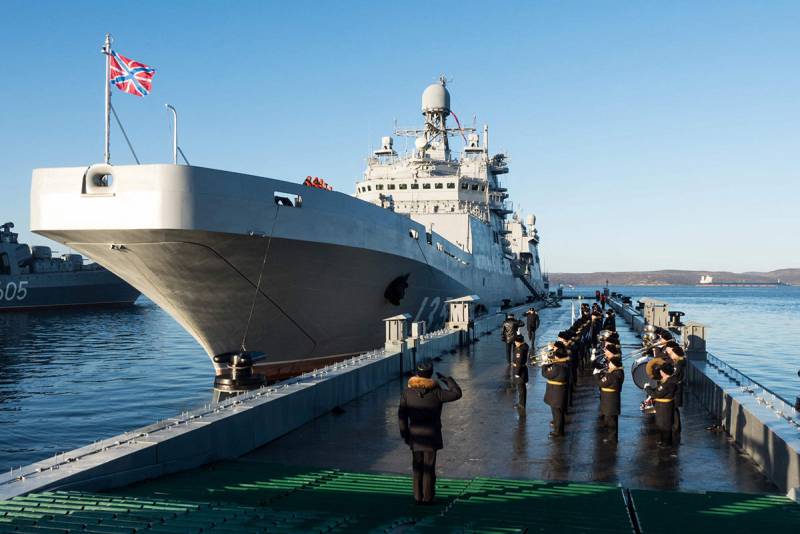
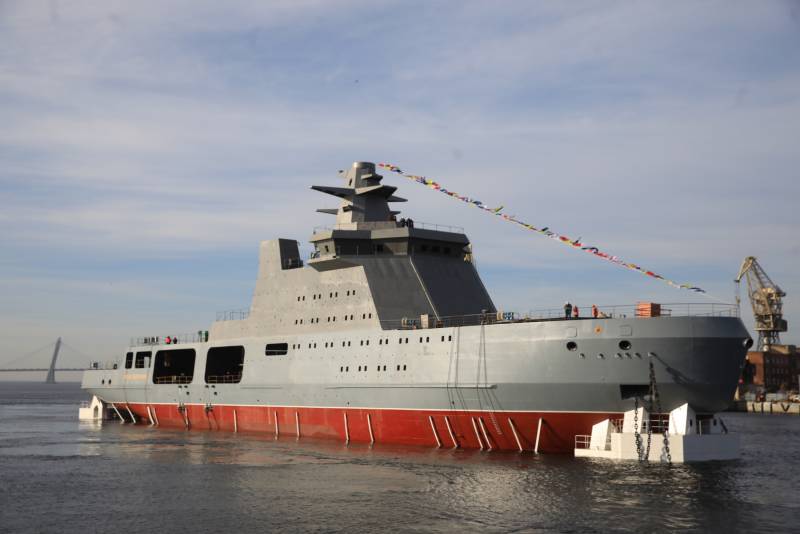
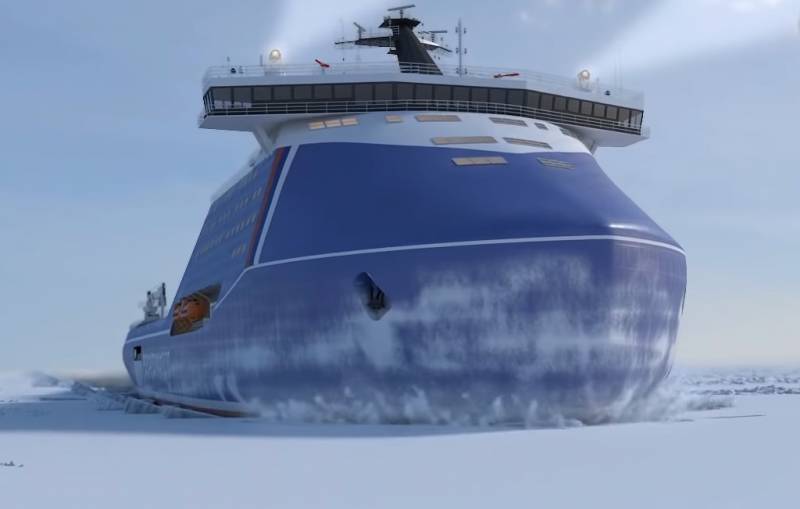
Information